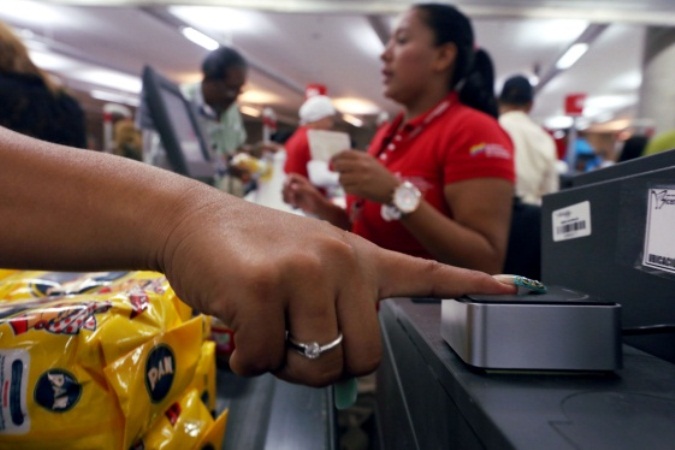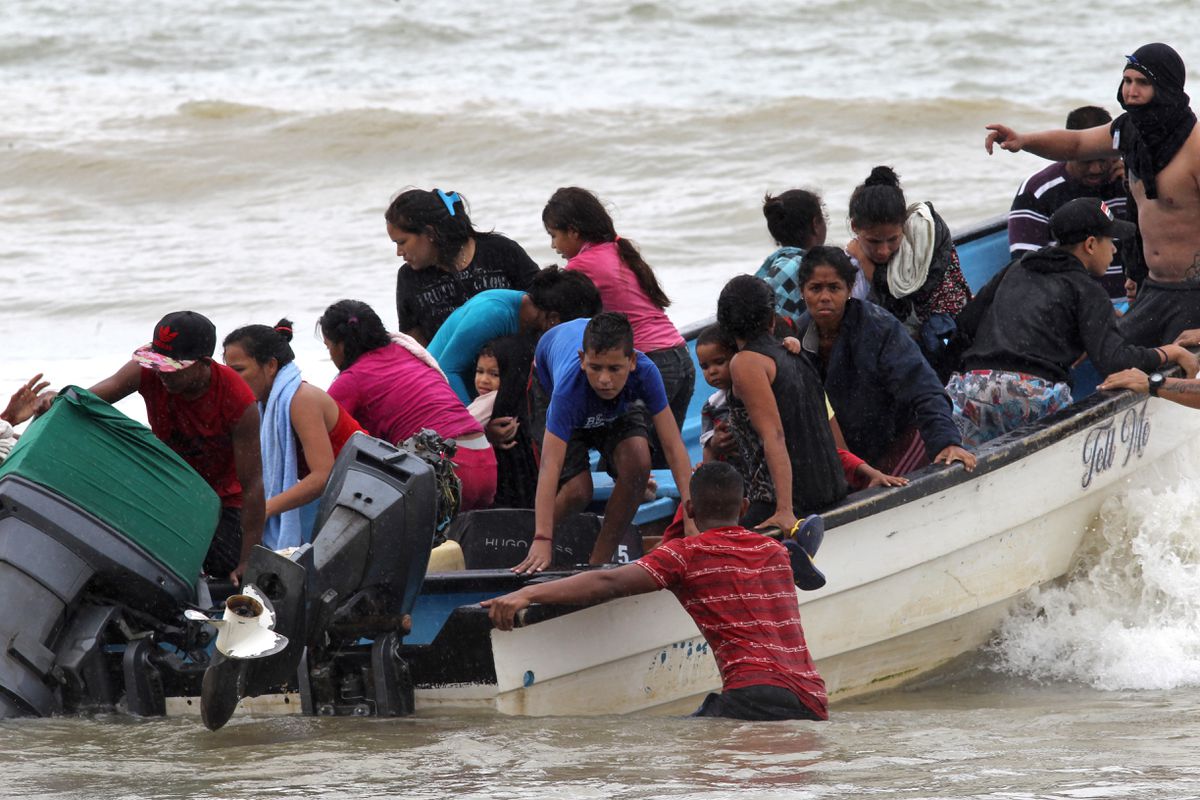“It is a catastrophe never before seen in a country which has not gone through a war or an epidemic”. This is how Francisco Monaldi, economist and professor at the Baker Institute from Rice University, described the current status of the crisis that Venezuela and its state-owned corporation Petróleos de Venezuela, PDVSA (Petroleum of Venezuela), are facing.
During the last 20 years, in the middle of the oil price “boom”, there were already hints that the sector was not doing well.
Loss of a qualified workforce, lack of infrastructure investment and extraction of resources were some of the main causes that contributed to the decrease in production by the state-owned company.
“The oil industry’s setback began from 2003 with the dismissal of thousands of workers”, recalled the economist during a forum regarding the energy industry, presented at Universidad Catolica Andres Bello, UCAB (Andres Bello Catholic University).
Since that date, according to secondary sources from the Organization of Petroleum Exporting Countries (OPEC), extraction of Venezuelan crude oil was never able to reach its maximum level of 3,000,000 barrels per day as at the beginning of the decade.
During that period, PDVSA’s production decreased from 2,897,000 barrels per day in 2000 to only 768,000 barrels per day in April 2019. It is a 73% decrease in production during the Hugo Chavez and Nicolás Maduro’s governments. In addition, this collapse is the most pronounced among any of the other countries members of OPEC.

However, Monaldi explains that this drop was hidden and minimized by the income generated from the high prices of crude oil. He describes three reasons which led to this decrease:
- Staff layoff and politization of the company. “Its properties were used to finance the Government”.
- Use of resources for sectors other than oil as well as an increase in debt.
- Lack of investment in the oil industry. “Only one project was completed: Bloque Cardón 4 in Paraguaná”.
A crisis generated due to bad management.
According to Monaldi, the United States Department of Treasury’s sanctions contributed to the acceleration of PDVSA’s crisis. However, these circumstances are not responsible for the current situation.
“Right now, there is very little exports and most of it is used to pay debt”, he specified. The debt referring to the agreements that Maduro and Chavez’s administration took on with China’s Government. Years later, they pay off the debt within a special period with daily oil shipments.
China has lent Venezuela a little more than USD 50 billion. In spite of this, currently, China is owed an estimate of USD 20 billion, according to the firm Ecoanalitica. At the same time, the organism exports 50.000 barrels per day to Cuba at a discounted price, according to Reuters agency.
But none of those exports generate foreign currency for the country, nor improved cash flow for PDVSA. This limits PDVSA’s operations even more, since it lacks enough funds to normalize production.
“In order to increase production again to 3 million barrels per day an investment of USD 60 or 65 billion is needed in the oil fields. And another USD 30 billion for the energy industry”, estimates Monaldi.
He added that it would not be the final amount for the overall recovery, but only an initial investment to restore the basic operations of the industry.




